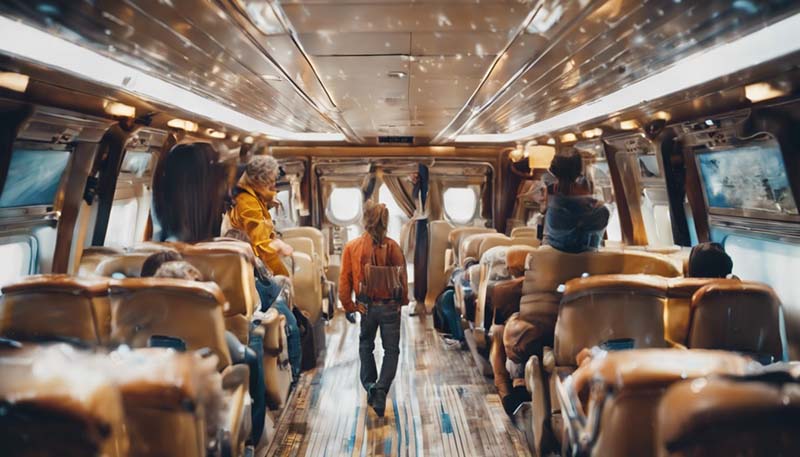Introduction
Air travel is considered one of the safest modes of transportation, but cabin safety remains a critical aspect that should never be overlooked. The well-being of passengers and crew members depends on the effectiveness of safety measures implemented on board an aircraft. This article delves into the importance of cabin safety, the various safety features and protocols, and the role of passengers and crew in ensuring a safe and comfortable journey for all.
Understanding Cabin Safety
Cabin safety encompasses the protection of passengers and crew members from potential hazards during a flight. These hazards can range from minor incidents, such as turbulence, to life-threatening emergencies, like fires or medical conditions. Ensuring cabin safety involves a combination of proper design, maintenance, training, and adherence to regulations and procedures.
Safety Features and Equipment
Modern aircraft are equipped with numerous safety features and equipment designed to protect passengers and crew members. Some of these features include:
Advertisement
- Seat belts: These are essential for keeping passengers and crew secure during turbulence or sudden movements of the aircraft.
- Oxygen masks: In the event of a cabin pressure loss or other situations where breathable air is scarce, oxygen masks will automatically deploy, providing oxygen to passengers and crew.
- Life vests: In case of a water landing, life vests can be found under the seats and are designed to help passengers and crew stay afloat.
- Emergency exits: Strategically placed throughout the cabin, emergency exits allow for rapid evacuation in case of an emergency.
- Fire extinguishers: These are available in various locations throughout the cabin to help combat any potential fires.
- Safety cards: Found in the seat pockets, these cards provide essential information on safety procedures, exit locations, and the use of equipment.
Training and Preparedness
Training is a crucial aspect of cabin safety. Both passengers and crew members must be well-informed about safety procedures and protocols. Airlines invest heavily in training their staff, including pilots, flight attendants, and ground personnel, to ensure they are prepared for various emergency scenarios.
Flight attendants undergo extensive training, including first aid, emergency procedures, and safety equipment operation. They are responsible for ensuring passengers adhere to safety regulations and are knowledgeable about what to do in case of an emergency.
Passengers, too, play a vital role in their own safety. It is essential to pay attention to the safety briefing at the beginning of each flight, as it provides crucial information on the specific aircraft and its safety features. Additionally, passengers should familiarize themselves with the safety card in their seat pocket and be prepared to assist others if necessary.
Passenger and Crew Cooperation
Cooperation between passengers and crew members is essential for maintaining a safe environment on board an aircraft. Passengers should follow the instructions of the flight attendants and respect their authority. Crew members, in turn, should be attentive and responsive to passengers' needs and concerns.
Some common safety rules passengers should adhere to include:
- Keeping seat belts fastened at all times when seated, except when visiting the lavatory.
- Adhering to carry-on luggage restrictions and properly stowing bags in the overhead compartments or under the seat in front of them.
- Following the "one carry-on, one personal item" rule to ensure sufficient space for all passengers' belongings.
- Turning off electronic devices during takeoff and landing, as they may interfere with the aircraft's navigational systems.
- Remaining calm and attentive during emergencies, following the crew's instructions and using safety equipment as directed.
Conclusion
Cabin safety is of paramount importance in ensuring the well-being of passengers and crew members during air travel. By understanding the various safety features, undergoing thorough training, and cooperating with one another, passengers and crew can create a safe and comfortable environment on board an aircraft. Ultimately, it is the collective responsibility of everyone involved in air travel to prioritize safety and ensure a smooth and enjoyable journey for all.
